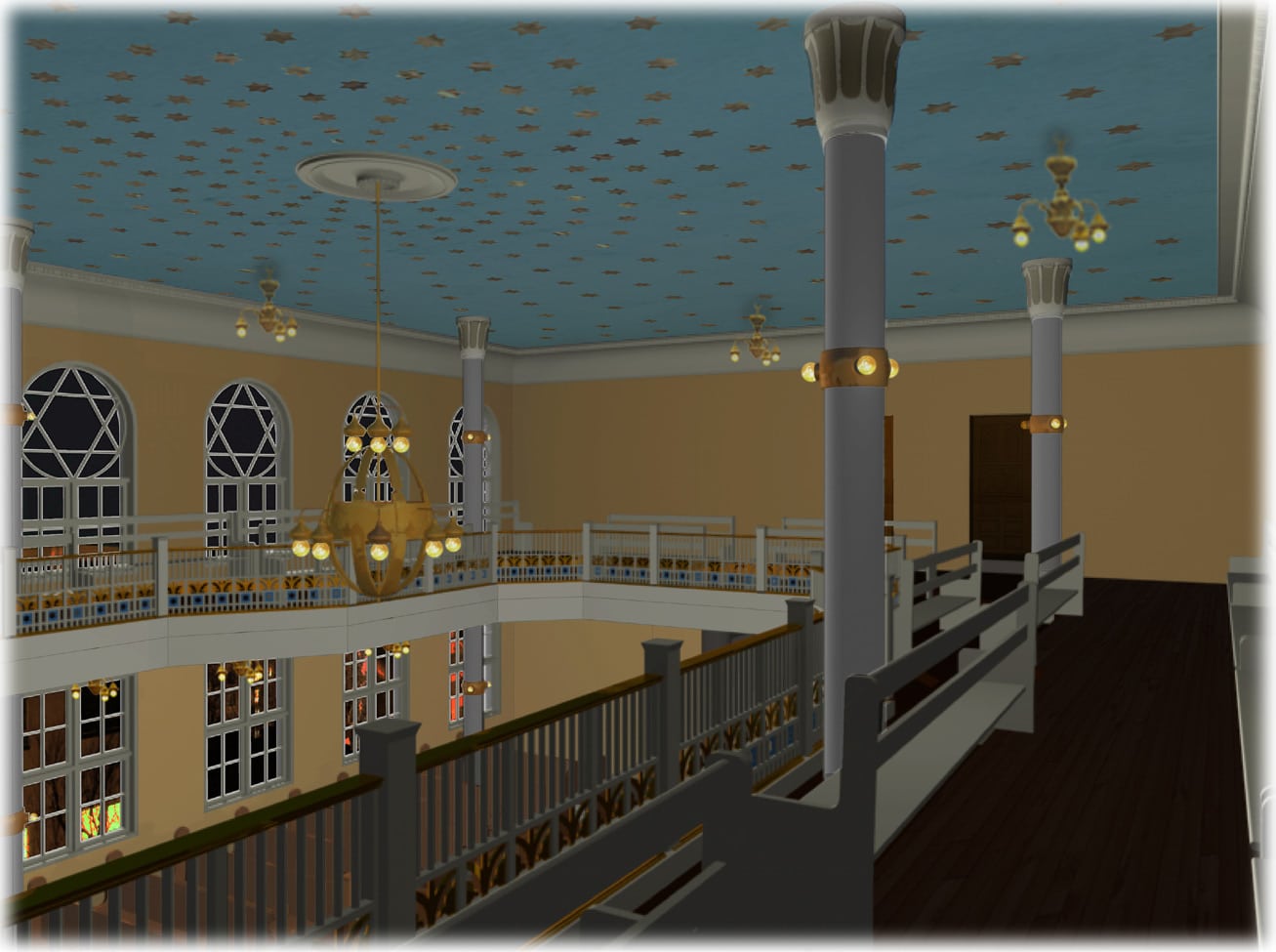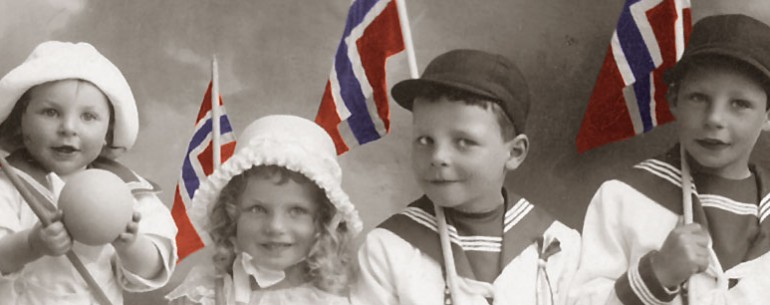
Towards restauration – the hope if restoring the old synagogue in Calmeyers gate 15b, to a whole museum and cultural center
The Oslo Jewish Museum is located in an old synagogue built in 1921. Where there used to be a woman’s gallery,…

Jewish immigration to Norway only started after the Parliament in 1851 decided to lift the constitutional ban on Jewish settlement in the kingdom. Henrik Wergeland (1808-1845), poet and political activist, was the most vocal proponent of Jews’ rights in Norway. His battle bore fruits six years after his death. Danish and Swedish Jews built a monument in his honour at the graveyard Vor Frelsers gravlund in Oslo to show their gratitude. Since the 1890s, Norwegian Jews have honoured Wergeland with a ceremony by his memorial every 17th of May, the Norwegian Constitution Day.
The exhibition “Wergeland’s children” shows Norwegian-Jewish life and history between 1851 and 1945. It was created for the 150th anniversary of the lifting of the constitutional ban on Jewish entry to Norway. “Wergeland’s children” was first shown at the Norwegian Museum of Cultural History, and has since been displayed all over Norway and in a number of other countries.
The exhibition consists of images, stories, and interviews showing Jewish every-day life in Norway. It is rooted in Wergeland’s struggle for Jewish rights, and shows how the inheritance from the poet has influenced how Jews in Norway saw themselves as Norwegians, how important is was for them to participate in Norwegian society and culture, while still maintaining their Jewish culture and identity.
“Wergeland’s children” is available as a travelling exhibit, and can be borrowed by museums, libraries, and other cultural institutions.
For more information: Traveling Exhibition